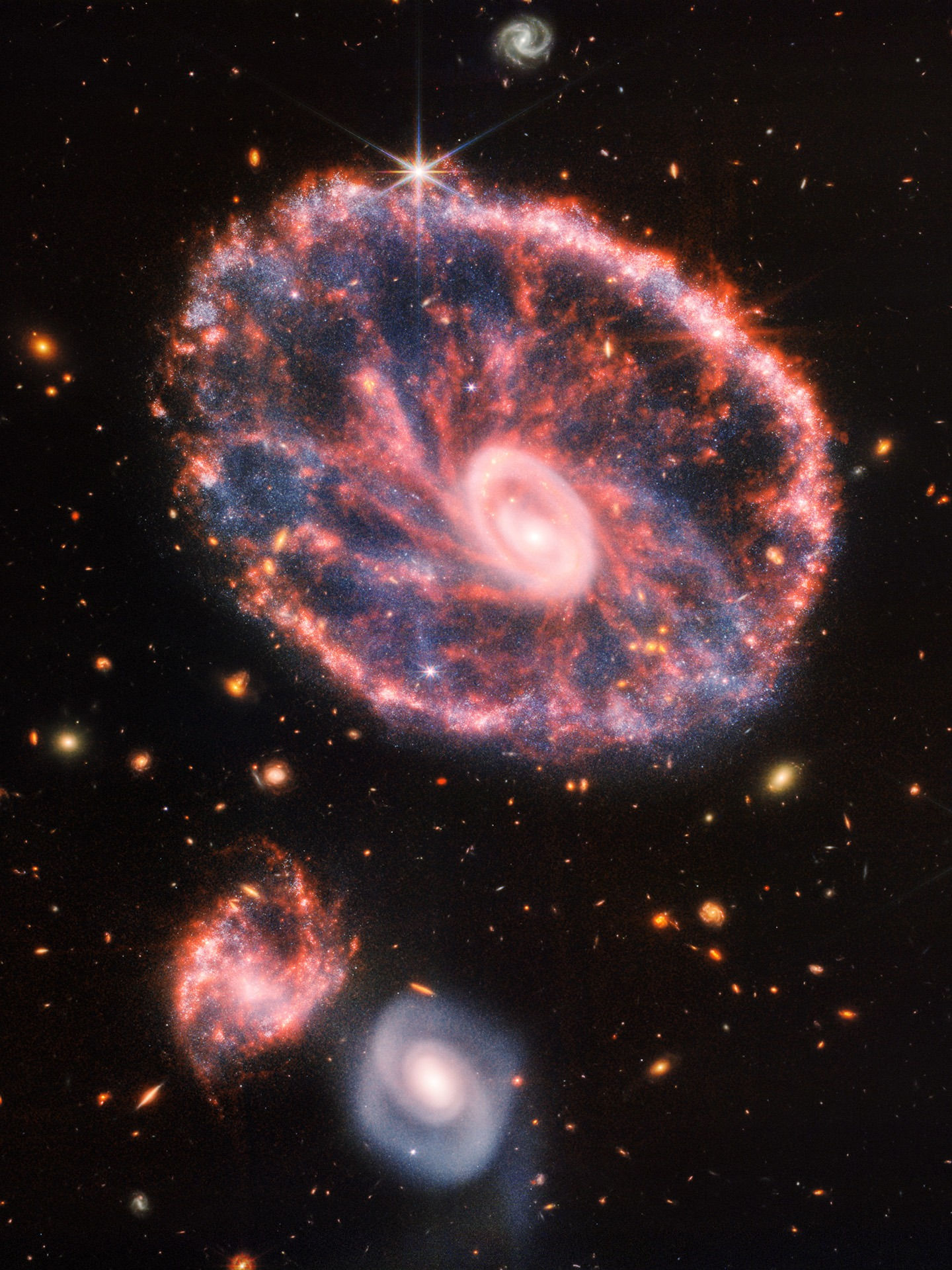Exoplanet Exploration: Spectroscopy and the Search for Life Beyond Earth
- scottlgarwood
- Jun 18, 2024
- 2 min read

Exoplanet Exploration: Spectroscopy Unveils Alien Atmospheres
Spectroscopy, a pivotal tool in exoplanet research, allows scientists to analyze the atmospheres of distant worlds with unprecedented detail.
By observing how light interacts with exoplanetary atmospheres during transits, researchers can identify key molecules such as water vapor, methane, and even complex organic compounds.
These findings provide crucial insights into the conditions and potential habitability of exoplanets orbiting stars beyond our solar system.
Detecting Signs of Life: The Role of Spectroscopy
One of the primary goals of exoplanet spectroscopy is to detect signs of life beyond Earth.
For instance, the simultaneous detection of oxygen and methane in an exoplanet's atmosphere could suggest biological processes at work.
However, distinguishing between biological and non-biological sources of these gases remains a complex challenge that scientists are actively addressing through advanced spectroscopic techniques.
Technological Advances and Future Prospects
The field of exoplanet research is on the brink of significant advancements, thanks to new technologies and upcoming observatories like the James Webb Space Telescope (JWST).
The JWST promises to revolutionize our ability to study exoplanetary atmospheres with unprecedented sensitivity and resolution.
These advancements could potentially reveal new insights into the diversity of planetary environments and the conditions necessary for life.
Unlocking the Mysteries of Alien Worlds
As scientists continue to refine their methods and instruments, the study of exoplanets through spectroscopy holds immense promise.
Each discovery brings us closer to answering one of humanity's most profound questions: are we alone in the universe?
With ongoing advancements in technology and our understanding of exoplanetary atmospheres, the future of exoplanet exploration appears brighter than ever before.
Stay tuned as we venture further into the cosmic frontier in search of answers.
Note: This article was generated based on a series of prompts given to generative AI for informational and educational purposes. The content prompt highlights the latest discoveries and trends in science and technology in 2024. Images sourced from opensource, generative, and free use websites.






























































































https://volumo.com/chart/11359-focus-best-dubstep-bass-grime-january-2025